A Beginner’s Guide to Biochemistry: Fundamentals and Applications
Biochemistry is the branch of science that explores the chemical processes and substances that occur within living organisms. Moreover, it is a field that combines biology and chemistry, providing a more profound understanding of the molecular mechanisms that drive life processes. It plays a crucial role in various scientific disciplines, including medicine, genetics, and biotechnology.
The Building Blocks of Life: An Overview of Biomolecules
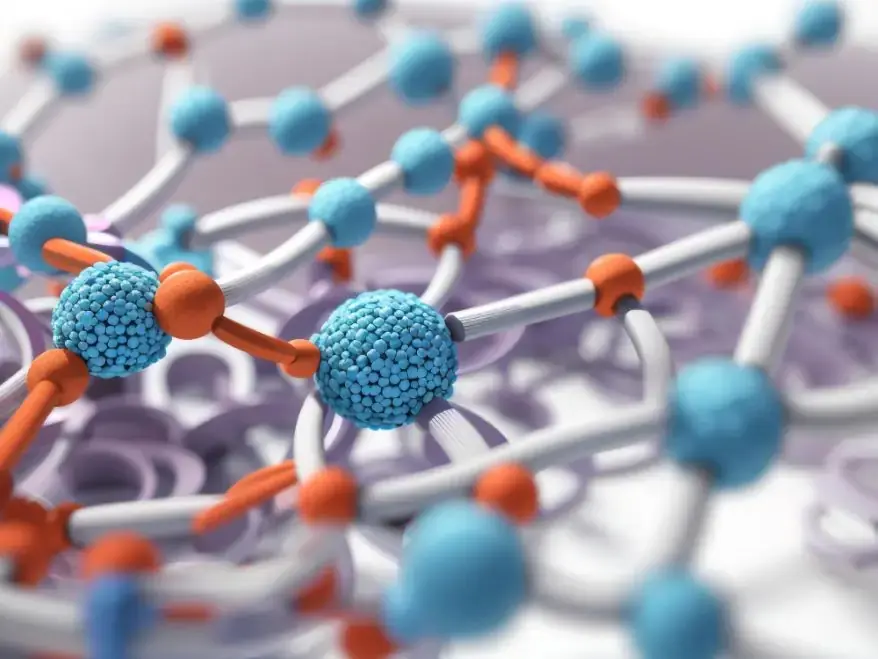
Biomolecules are the molecules that make up living organisms. They are classified into four main categories: carbohydrates, lipids, proteins, and nucleic acids.
- Carbohydrates are the primary source of energy for cells and play a crucial role in cell structure. They are made up of carbon, hydrogen, and oxygen. They come in two types: simple sugars and complex polysaccharides. Moreover, simple sugars, like glucose and fructose, give quick energy to cells. Complex polysaccharides, like starch and cellulose, store energy for a long time and help build plants.
- Lipids are essential for storing energy, insulating organs, and forming cell membranes. They are hydrophobic molecules that include fats, oils, phospholipids, and steroids. Moreover, fats and oils contain glycerol and fatty acids. Besides, phospholipids create the lipid bilayer of cell membranes, providing a barrier between the cell’s internal environment and the external environment.
- Proteins play a role in almost every cell function. They help with enzymatic reactions, cell signaling, and providing structural support. They are made up of amino acids which connect through peptide bonds. There are 20 different amino acids. Further, they have diverse functions, including catalyzing biochemical reactions as enzymes, transporting molecules across cell membranes, and providing structural support to cells and tissues.
- Nucleic acids, such as DNA and RNA, carry genetic information and are responsible for protein synthesis. These are made from nucleotides. Moreover, each nucleotide has three parts: a sugar molecule, a phosphate group, and a nitrogenous base. DNA (deoxyribonucleic acid) is the genetic material that carries the instructions for building and maintaining an organism. RNA, or ribonucleic acid, plays a role in making proteins.
The Central Dogma of Molecular Biology
The central dogma of molecular biology describes the flow of genetic information within a cell. DNA gets transcribed into RNA which is then translated into proteins. DNA is a helix made of two strands which are composed of nucleotides. Further, each nucleotide consists of a sugar molecule (deoxyribose), a phosphate group, and one of four nitrogenous bases: adenine (A), thymine (T), cytosine (C), or guanine (G). The sequence of these bases determines the genetic code.
RNA is like DNA but has three key differences.
First, it is single-stranded. Second, it has the sugar ribose, not deoxyribose. Third, it has uracil (U) instead of thymine in its bases. There are also three types of RNA that help make proteins. These are: messenger RNA (mRNA), transfer RNA (tRNA), and ribosomal RNA (rRNA).
Translation occurs in the cytoplasm and involves the conversion of mRNA into a protein. Consequently, the mRNA molecule binds to a ribosome, which reads the genetic code and assembles amino acids in the correct order to form a polypeptide chain. Further, tRNA molecules bring the appropriate amino acids to the ribosome, based on the codons (three-letter sequences) on the mRNA. Eventually, the ribosome catalyzes the formation of peptide bonds between adjacent amino acids. It also describes the storage, inheritance, and expression of genetic information in living organisms.
Enzymes: The Catalysts of Life
Basically, enzymes are proteins that act as catalysts in biochemical reactions. Specifically, they accelerate chemical reactions by lowering the activation energy required for a reaction to occur. Moreover, they are highly specific and can catalyze a particular reaction or group of reactions, marking their efficiency in biochemistry .
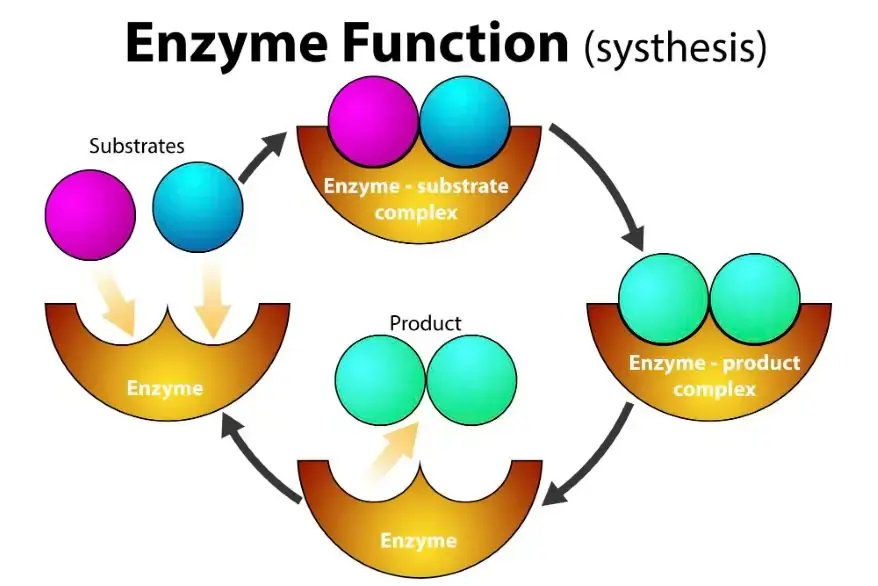
Enzymes have an active site where substrates bind and undergo a chemical transformation. This active site is, however, complementary and charge to the substrate, allowing for precise binding and catalysis. After the reaction finishes, it can bind to a new substrate and start the process again.
There are several types of enzymes, including oxidoreductases, transferases, hydrolases, lyases, isomerases, and ligases.
- Oxidoreductases catalyze oxidation-reduction reactions by transferring electrons from one molecule to another.
- Transferases transfer functional groups from one molecule to another.
- Hydrolases catalyze the hydrolysis of bonds by adding water molecules.
- Lyases catalyze the addition or removal of groups to form double bonds.
- Isomerases catalyze the rearrangement of atoms within a molecule.
- Ligases catalyze the joining of two molecules using energy from ATP.
Many factors can affect enzyme activity, including temperature, pH, substrate concentration, and the presence of inhibitors or activators. Particularly, they have an optimal temperature and pH at which they function most efficiently. Furthermore, inhibitors can bind to enzymes and prevent them from catalyzing reactions, while activators can enhance enzyme activity.
Metabolism: Energy Utilization in Living Organisms

Metabolism refers to all the chemical reactions that occur within a living organism. It involves two main processes: catabolism and anabolism. Catabolism involves the breakdown of complex molecules into simpler ones, consequently releasing energy in the process. On the other hand, Anabolism involves the synthesis of complex molecules from simpler ones, requiring energy input.
Metabolic pathways are sequences of chemical reactions that convert one molecule into another through a series of intermediate steps. This allows for efficient energy production and use.
In catabolism, the body breaks down carbohydrates, fats, and proteins. This process releases energy which powers many cellular activities.
The breakdown of glucose through cellular respiration is a key catabolic pathway that generates ATP.
During anabolism, cells use ATP to build complex molecules such as proteins, nucleic acids, and polysaccharides. These molecules are essential for cell growth, repair, and reproduction.
Genetics and Genomics: The Study of DNA Sequencing in Biochemistry
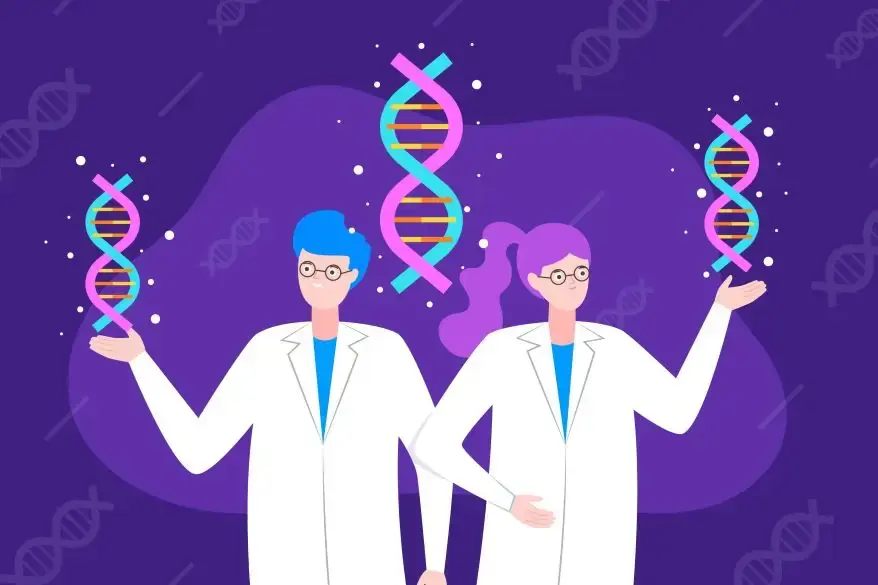
Genetics studies heredity, which explores how traits are passed from parents to their children. It involves the study of genes, in biochemistry, which are segments of DNA that contain the instructions for building and maintaining an organism. Moreover, genes determine an organism’s traits, such as eye color, height, and susceptibility to certain diseases.
DNA sequencing is a technique used to determine the order of nucleotides in a DNA molecule.
It has evolved the field of genetics by allowing scientists to study the genetic code in detail. Further, DNA sequencing has numerous applications, including identifying disease-causing mutations, studying genetic variation within populations, and tracing evolutionary relationships.
Biotechnology: Applications of Biochemistry
Biotechnology is the application of biological knowledge and techniques to develop new products and processes. It encompasses a wide range of applications in medicine, agriculture, industry, and environmental science.
- Moreover, in medicine, biotechnology has led to significant advancements in diagnostics, drug development, and gene therapy. Besides, genetic engineering techniques allow scientists to manipulate DNA sequences to produce proteins with therapeutic properties.
- In agriculture has led to the development of genetically modified organisms (GMOs) with improved traits, such as pest resistance and increased crop yield. GMOs have the potential to address food security challenges and reduce the environmental impact of agriculture.
- In industry, biotechnology has applications in the production of biofuels, enzymes, and bioplastics. Moreover, biofuels like ethanol and biodiesel come from renewable sources. Furthermore, they provide a greener option compared to fossil fuels. Bioplastics are biodegradable alternatives to conventional plastics and can help reduce plastic pollution.
Biochemical Techniques for Studying Biomolecules
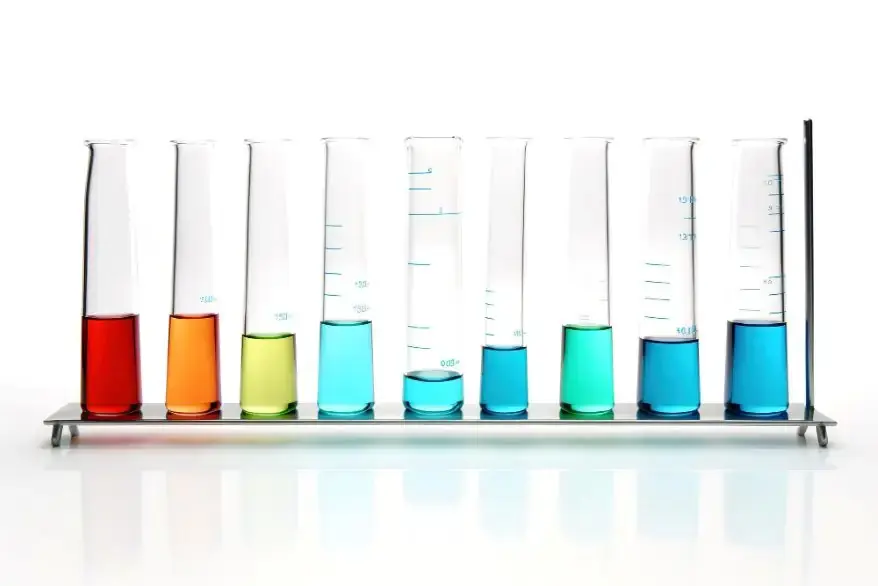
Biochemical techniques are essential tools for studying biomolecules and their functions. These techniques in biochemistry allow scientists to isolate, purify, and analyze biomolecules, providing insights into their structure, function, and interactions.
- Chromatography is a method for separating mixtures which works by using the different chemical properties of the substances. It involves passing a mixture through a stationary phase (such as a column or paper) and a mobile phase (such as a liquid or gas). Different components of the mixture interact differently with the stationary phase, leading to their separation.
- Electrophoresis is a method that separates charged molecules. It does this by using their size and charge. It involves applying an electric field to a gel matrix, causing charged molecules to migrate towards the positive or negative electrode. The rate of migration depends on the size and charge of the molecules.
- Spectroscopy is a method that analyzes how light interacts with materials. It involves measuring the absorption, emission, or scattering of light by a sample.
Future Directions in Biochemistry
One emerging area of research is synthetic biology, which involves designing and constructing new biological systems or modifying existing ones. It has applications in medicine, energy production, and environmental remediation.
Proteomics is, however, another emerging area of research in biochemistry that focuses on the study of proteins on a large scale. It involves identifying and quantifying all the proteins present in a cell or organism and studying their functions and interactions. Moreover, it has the potential to provide insights into disease mechanisms, drug targets, and personalized medicine.
Metabolomics is about studying small molecules, called metabolites. These molecules play a role in cellular metabolism. The goal is to learn how cells produce, change, and use these metabolites. Furthermore, it has applications in disease diagnosis, drug development, and personalized nutrition.
References
Barker, P. E., et al. (2009). Separation of organic mixtures by sequential gas‐liquid chromatography. The Canadian Journal of Chemical Engineering, 57(1), 42-53. https://doi.org/10.1002/cjce.5450570107
Feng, Q., et al. (2012). Separation of multiply charged anions by capillary electrophoresis using alkyl phosphonium pairing agents. ELECTROPHORESIS, 33(7), 1153-1161. https://doi.org/10.1002/elps.201100500
Berg, J. M., Tymoczko, J. L., & Stryer, L. (2012). Biochemistry (7th ed.). W.H. Freeman and Company.
Voet, D., & Voet, J. G. (2011). Biochemistry (4th ed.). Wiley.
FAQs
What are the main topics covered in bio-chemistry?
It covers a wide range of topics including metabolism, genetics, molecular biology, enzymology, and cell biology.
What are the applications of biochemistry?
It has many applications in medicine, agriculture, food science, and biotechnology. Moreover, it is used to develop new drugs, understand diseases, improve crop yields, and create new materials.
What are the basic principles of biochemistry?
Biochemistry is the study of biomolecules. These include proteins, nucleic acids, carbohydrates, and lipids. The field looks at their structure and what they do. It also explores metabolic pathways. Furthermore, this means it examines how biochemical reactions are controlled.
What are the techniques used in Analysis of bio-molecules?
Biochemistry uses several methods. Chromatography and electrophoresis are two key techniques. It also employs spectroscopy. Additionally, it relies on molecular biology methods such as PCR and cloning.
What are the career opportunities in the field biochemistry?
Career opportunities in biochemistry include research and development in pharmaceuticals, biotechnology, and academia. Consequently, other opportunities include working in government agencies, hospitals, and the food industry.
To stay updated with the latest developments in STEM research, visit ENTECH Online. This is our digital magazine for science, technology, engineering, and mathematics.




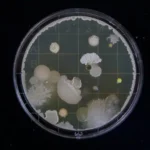

Good
Thanks for your comment!
Keep visiting entechonline.com to read the latest news and articles on Science, Technology, Engineering and Mathematics STEM. ENTECH Online is more than just a magazine; it’s a gateway to a world of possibilities for teenagers passionate about Science, Technology, Engineering, and Mathematics (STEM).
Bestest articles 👍
Thanks for your comment!
Keep visiting entechonline.com to read the latest news and articles on Science, Technology, Engineering and Mathematics STEM. ENTECH Online is more than just a magazine; it’s a gateway to a world of possibilities for teenagers passionate about Science, Technology, Engineering, and Mathematics (STEM).
Bestest articles
Thanks for your comment!
Keep visiting https://entechonline.com/ to read the latest news and articles on Science, Technology, Engineering and Mathematics STEM. ENTECH Online is more than just a magazine; it’s a gateway to a world of possibilities for teenagers passionate about Science, Technology, Engineering, and Mathematics (STEM).